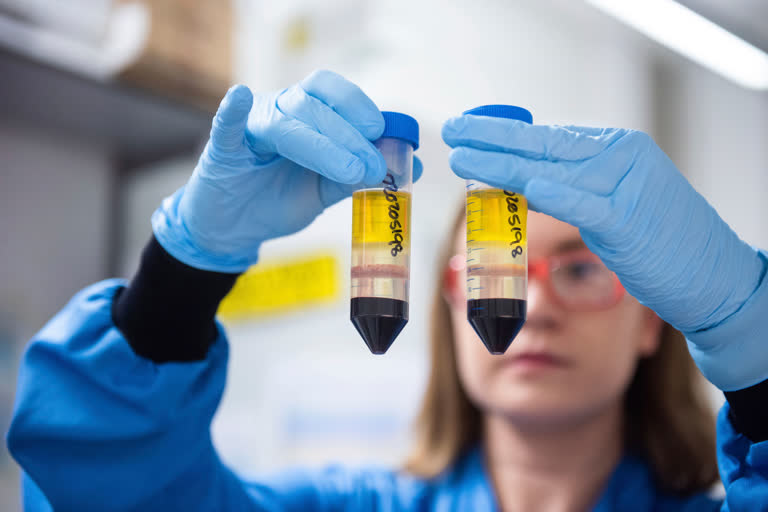London:AstraZeneca and Oxford University on Wednesday acknowledged a manufacturing error that is raising questions about preliminary results of their experimental COVID-19 vaccine.
A statement describing the error came days after the company and the university described the shots as “highly effective” and made no mention of why some study participants didn't receive as much vaccine in the first of two shots as expected.
In a surprise, the group of volunteers that got a lower dose seemed to be much better protected than the volunteers who got two full doses. In the low-dose group, AstraZeneca said, the vaccine appeared to be 90% effective. In the group that got two full doses, the vaccine appeared to be 62% effective. Combined, the drugmakers said the vaccine appeared to be 70% effective. But how the results were arrived at and reported by the companies has led to pointed questions from experts.
DID RESEARCHERS MEAN TO GIVE A HALF DOSE?
Before they begin their research, scientists spell out all the steps they are taking, and how they will analyze the results. Any deviation from that protocol can put the results in question.
Read:|AstraZeneca: COVID-19 vaccine provides up to 90% prevention
In a statement Wednesday, Oxford University said some of the vials used in the trial didn’t have the right concentration of vaccine so some volunteers got a half dose. The university said that it discussed the problem with regulators, and agreed to complete the late-stage trial with two groups. The manufacturing problem has been corrected, according to the statement.
WHAT ABOUT THE RESULTS THEMSELVES?
Experts say the relatively small number of people in the low dose group makes it difficult to know if the effects seen in the group is real or a statistical quirk. Some 2,741 people received a half dose of the vaccine followed by a full dose, AstraZeneca said. A total of 8,895 people received two full doses.
Another factor: none of the people in the low-dose group was over 55 years old. Younger people tend to mount a stronger immune response than older people, so it could be that the youth of the participants in the low-dose group is why it looked more effective, not the size of the dose.
Another point of confusion comes from a decision to pool results from two groups of participants who received different dosing levels to reach an average 70% effectiveness, said David Salisbury, and an associate fellow of the global health program at the Chatham House think tank.
